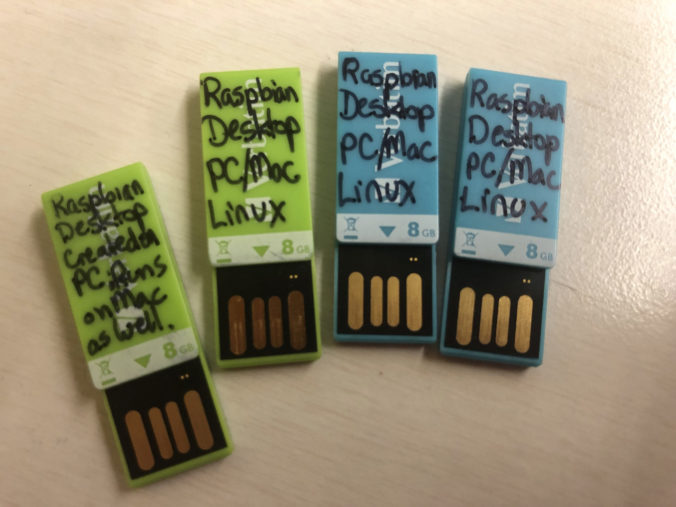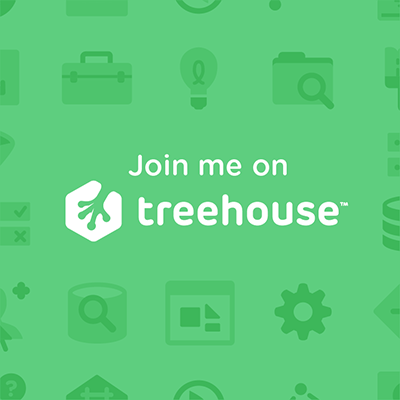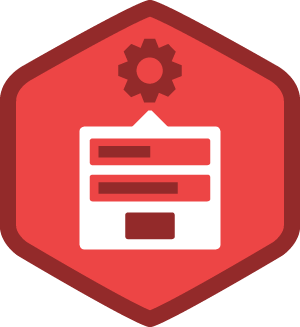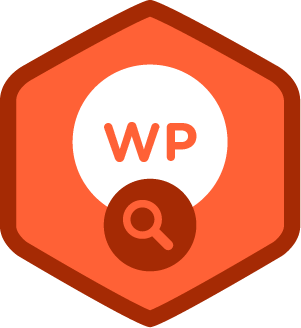As requested by friends and former students, here are my notes regarding preparing for the CompTIA Network+ exam. This writeup talks about all my insecurities and stumbles; the short verion with a summary of other resources can be found in the next post.
Study materials
The materials I used to study for the exam were:
My process
This is not what I would recommend for everyone else.
When I started, I wasn’t sure what I already knew, and what I needed to learn. At the time, I was working around classroom obligations (I was teaching a CompTIA A+ bootcamp).
I had set-up my first server using a spare computer tower, an installation of Ubuntu Server and Samba (a print server software package) in late November 2017. I made a lot of mistakes. I messed things up, I fixed them. I listened to all the Professor Messer videos (audio only) on one of my road trips to see family. That gave me an overview of what I needed to know. (late December 2017).
I had to focus on work for a bit (teaching the CompTIA A+ in a boot camp format, revising labs, and adding equipment to my classroom setup), but read through the Network+ evenings and weekends. I came to the conclusion that I needed more hands-on experience. March 2018, I purchased the lab book. (I ended up not using it, but have retained it to ensure I know all the linked material!) I acquired some switches for the classroom. I made ethernet cable, I ended up puttering around a lot. As I did so, I built out the classroom network, adding network printers. A mentor, Kris Leslie, walked me through a first Hypervisor 1 -based server setup using a refurbished Dell Poweredge R710 rack-mounted server.
I created a running link list of supplemental videos and explanatory material. (I like to know why a thing is what it is). I ended up taking three runs at preparing for the exam, once in June, again in August, and then finally in October, when I took the exam while my current cohort was preparing for their A+ 901 (hardware) exams. I purchased access to the Mike Meyers Total Seminar practice test and simulations package June 2018. With the CompTIA exams, persistence in preparation and sticking to a study plan will get you ready sooner.
During my prep periods, I took a daily practice test, reviewed the answers I got wrong, and spent time with my drill sets. I needed to memorize the acronyms, the OSI & TCP/IP models, along with specific network functions and ports associated with each layer. The things that gave me the most difficulty were what functions are mapped to which OSI layer, subnet masking,
My prep took longer because I wasn’t working daily with the hardware and network configurations. If you are working with this as part of your day job, your prep will take much less time.
Setting a firm deadline for the exam (October 15th) helped to focus my attention and forced me to manage my time effectively to meet it. I actually took my exam on October 19th, and successfully passed.
While taking the exam, I wasn’t sure I was going to pass.
I had to manage my attention, and focus and block thoughts of failure. Had to use the yogic technique of deep breathing (three deep slow breaths in and out) a few times to settle my mind and focus. I used the sound canceling headphones provided by the testing center and their provided whiteboard. As soon as I sat down (and before I started the test) I wrote out my IP subnetting tables on the whiteboard for reference during the test.
When I first encountered my exam simulation, I wasn’t able to figure out how to inspect the interactive for the missing settings. In order to use my time effectively, I flagged the question, went on and completed all the other questions I could complete easily, answered the rest of the questions on which I was less sure (always with the first gut-level answer), and then circled back to the simulation. At which point, I was thinking “networking” and figured out how to look at all the network IP address settings, and note where the settings were incorrect. I submitted the exam with fifteen minutes to spare.
*I used the Total Seminars package this time, in part, to evaluate for use in my classroom. I wanted to see how it compared to Pearson Vue’s Kaplan package.







